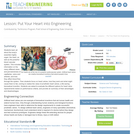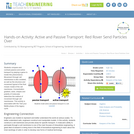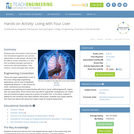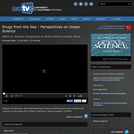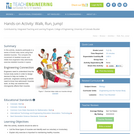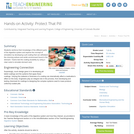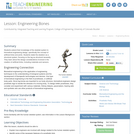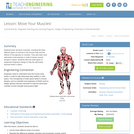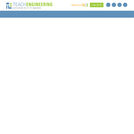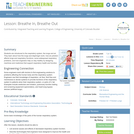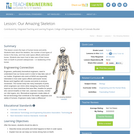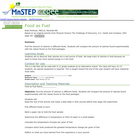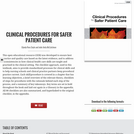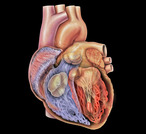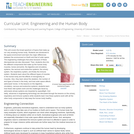
This unit covers the broad spectrum of topics that make-up our very amazing human body. Students are introduced to the space environment and learn the major differences between the environment on Earth and that of outer space. The engineering challenges that arise because of these discrepancies are also discussed. Then, students dive into the different components that make up the human body: muscles, bones and joints, the digestive and circulatory systems, the nervous and endocrine systems, the urinary system, the respiratory system, and finally the immune system. Students learn about the different types of muscles in the human body and the effects of microgravity on muscles. Also, they learn about the skeleton, the number of and types of bones in the body, and how outer space affects astronauts' bones. In the lessons on the digestive, circulatory, nervous and endocrine systems, students learn how these vital system work and the challenges faced by astronauts whose systems are impacted by spaceflight. And lastly, advances in engineering technology are discussed through the lessons on the urinary, respiratory and immune systems while students learn how these systems work with all the other body components to help keep the human body healthy.
- Subject:
- Anatomy/Physiology
- Applied Science
- Engineering
- Life Science
- Material Type:
- Full Course
- Provider:
- TeachEngineering
- Provider Set:
- TeachEngineering
- Date Added:
- 10/14/2015
